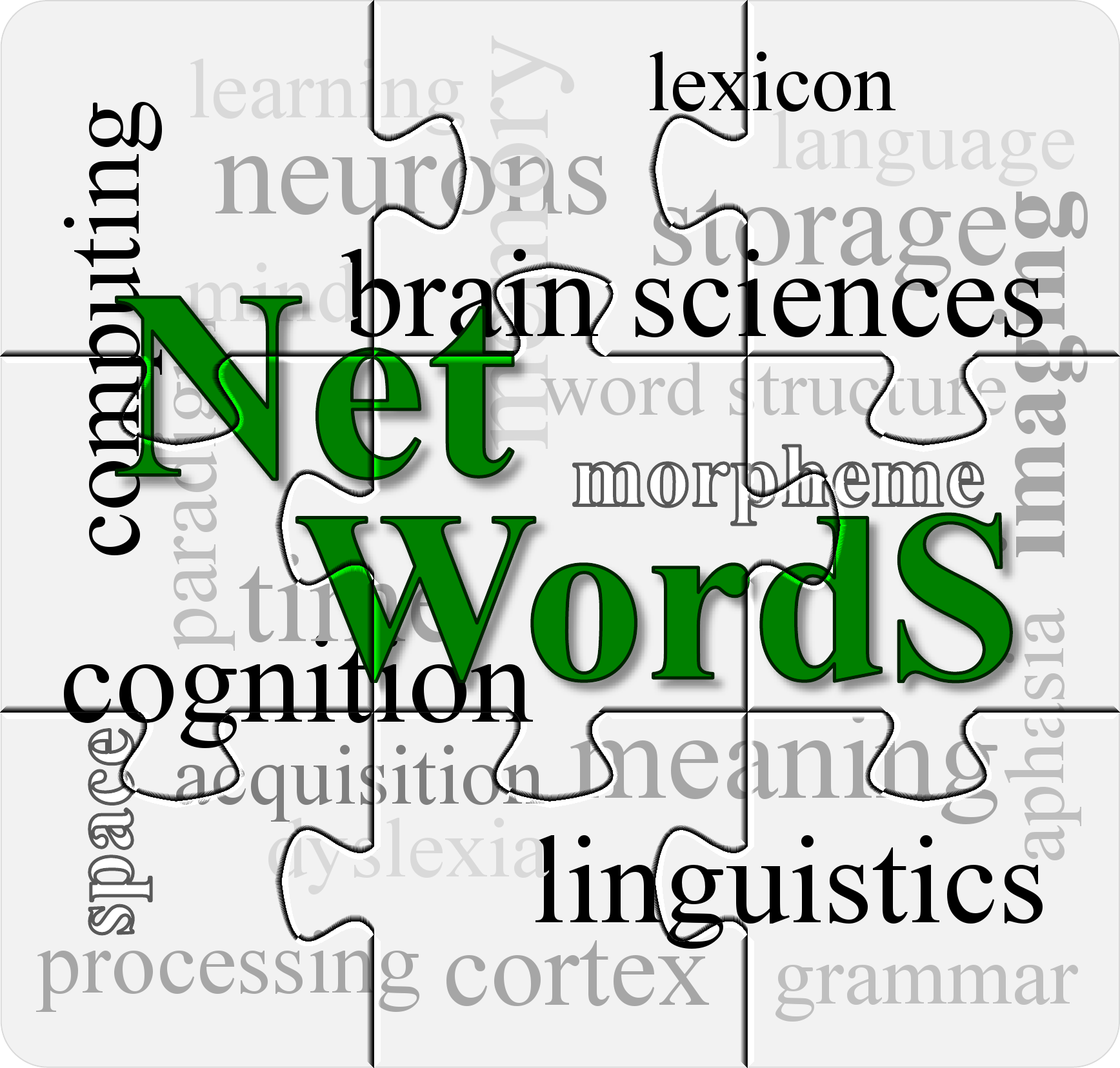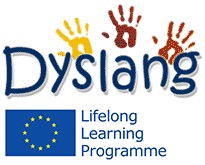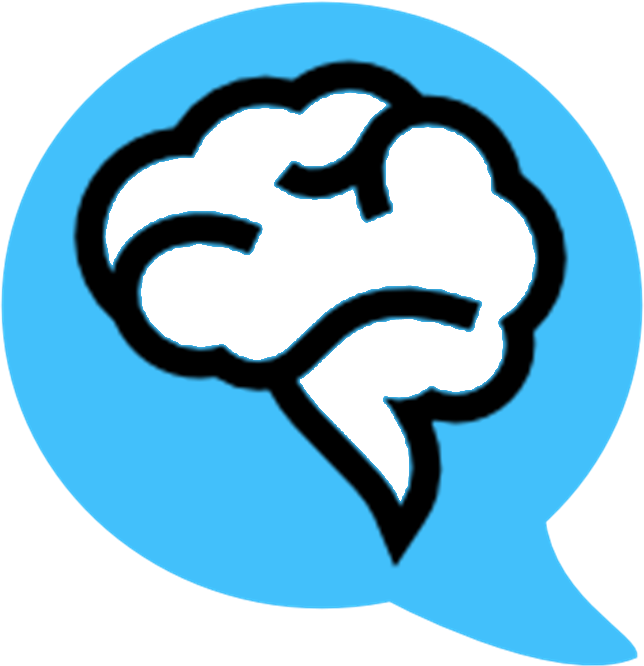 | ReadLet Reading to understand An ICT-driven, large-scale investigation of early grade children's reading strategies. Progetto di Rilevante Interesse Nazionale (PRIN 2017 n. 2017W8HFRX) 2019-2022 (36 months) funding: € 351.000 (CNR € 302.771) |
| A better understanding of how children read and comprehend a short text, and what makes this process occasionally difficult, slow and inefficient is key to improving people’s education level, professional qualification and social cohesion. Readlet intends to use and validate portable ICT technology and cloud computing to collect, time-align, integrate and analyse large streams of multimodal child reading data, elicited through ecological protocols at school. Online databases of automatically classified cross-sectional and longitudinal data, accurate statistical modelling and computer simulations of developmental trends of reading literacy will help education professionals and clinical specialists to better assess the level of reading skills reached by the child and decide which intervention programmes and measures are most appropriate. While information technology cannot and should not supplant the role and professional judgement of teachers and therapists, the project will provide portable tools, models and data for timely screening and efficient management of reading difficulties of early grade pupils. | |
 | DiMo Distributional Morphological Distances: Models and Evaluations International program for scientific cooperation (PICS) 2013-2016 (36 months) |
| The psycholinguistic literature on similarity-based principles of word association has provided considerable evidence of effects of family size and frequency of neighbouring words on a variety of word processing tasks, ranging from non-word repetition and naming, to recall from verbal short-term memory, phoneme identification and word recognition. Investigating the algorithmic and distributional properties of inter-word similarity can help account for these effects. The project aims to develop and assess, on the basis of computer simulations and quantitative data analysis, measures of lexical distance capturing the morphological similarity between full forms, be they inflectionally (e.g. plays-played-playing) or derivationally related (e.g. form-formal-formation). | |
 | NetWordS The European Network on Word Structure Cross-disciplinary approaches to understanding word structure in the languages of Europe European project “European Science Foundation (ESF)” - ESF Humanities (SCH) 2010 2011-2015 (48 months) funding: € 601.000 |
| By bringing together experts of various research fields (from brain sciences and computing to cognition and linguistics) and of different theoretical inclinations, NetWordS aimed at advancing the current awareness of theoretical, typological, psycholinguistic, computational and neurophysiological evidence on the structure and processing of words, with a view to promoting novel methods of research and assessment for grammar architecture and language physiology. The programme was pursued through knowledge networking, dissemination and transfer organised over a four year period. | |
 | Dyslang Dyslexia and Additional Academic Language Learning European project “Erasmus” - Lifelong Learning Programme 2011-2013 (24 months) funding: € 415.000 (CNR € 76.000) |
| The aim of Dyslang is to develop a course to enable teachers and parents to support the multilingual dyslexic individual in learning an additional curriculum language. If you would like to learn more about dyslexia, multilingualism and language learning, you can sign up for the Dyslang course or just browse the website and download materials to read. Each of the countries participating in the project adopts different definitions of dyslexia and uses multilingualism-related terminology in different ways. Furthermore, different countries have different needs, which vary according to their linguistic, cultural, social, educational, institutional situation. Please note that modules have been developed and adapted to the needs of different contexts, those of the partner countries participating in the project. | |
 | INTERSTRESS Interreality in the Management and Treatment of Stress-Related Disorders European Project FP7 “Collaborative project” 2010-2013 (44 months) |
| The goal of the Interstress project is to develop innovative technological tools for the assessment and treatment of psychological stress. The project's approach is based on the concept of “Interreality” that integrates assessment and treatment within a hybrid environment, bridging the physical and virtual worlds. The demonstration will include stress management training through virtual experiences and physiological monitoring on different platforms such as a laptop device with a Head Mounted Display, and mobile devices. | |
 | PAISÀ Piattaforma per l'Apprendimento dell'Italiano Su corpora Annotati FIRB Italian project 2009-2012 (36 months) funding: € 328.500 |
| The overall objective of the project PAISÀ (Piattaforma per l’Apprendimento dell’Italiano Su corpora Annotati) is to overcome the technological barriers currently preventing web users from having interactive access to and use of large quantities of data of contemporary Italian to improve their language skills. To achieve this goal, the project created a richly annotated corpus of Italian freely distributable web texts (under the Creative Commons license), automatically harvested from the web, and augmented with several annotation layers (morphosyntactic information, dependency relations, etc.). Raw and annotated versions of the corpus are freely made available for download. Direct access to the data is provided through a friendly on-line query interface. | |
 ComPhys
ComPhys